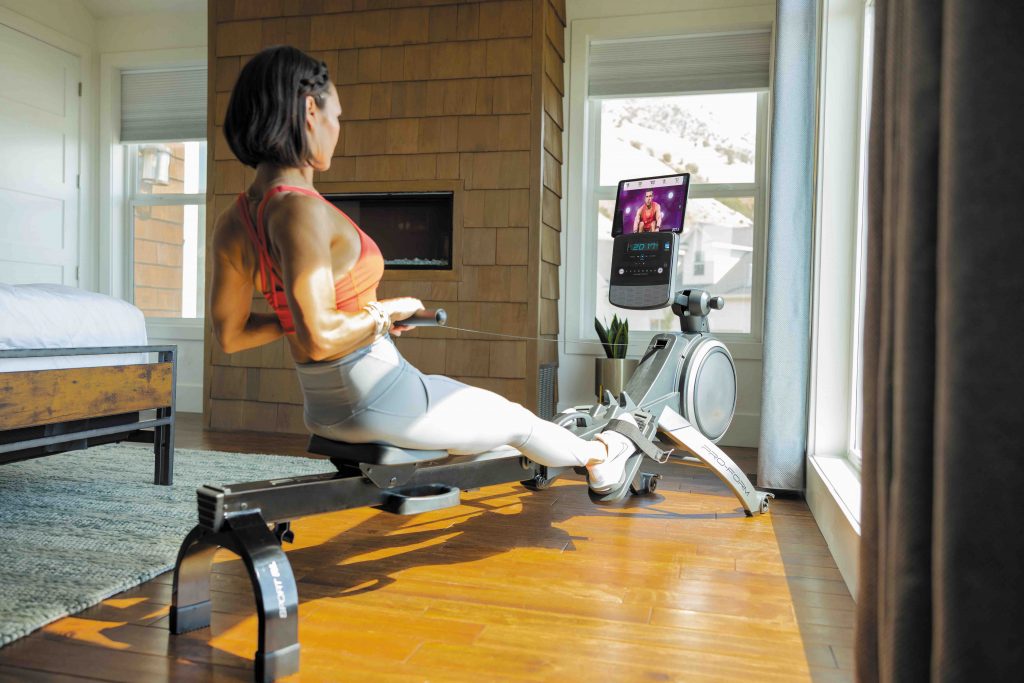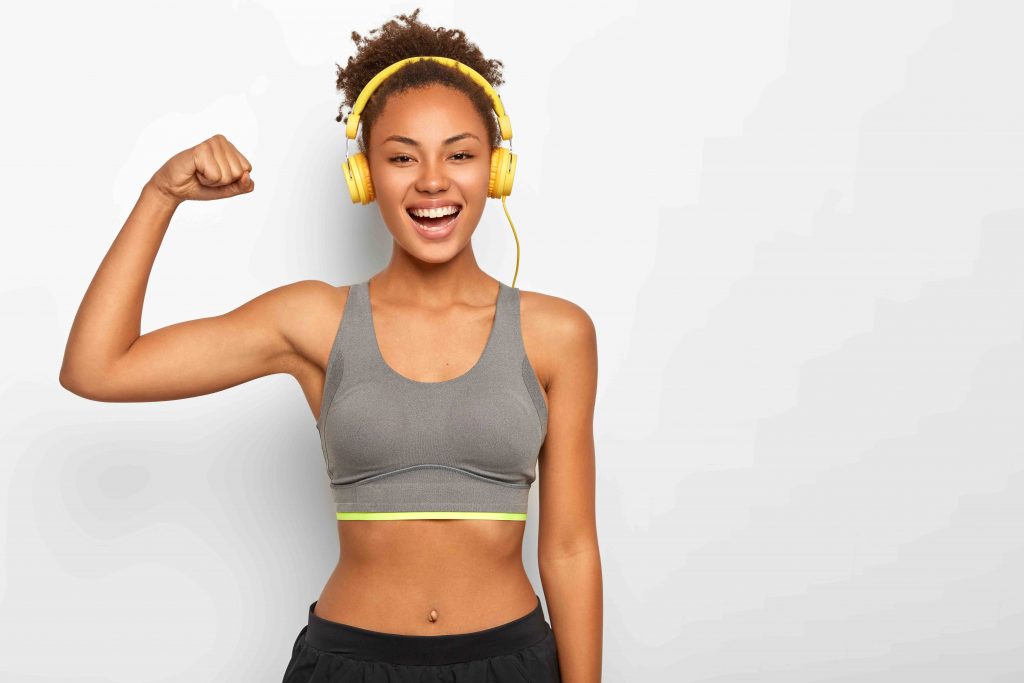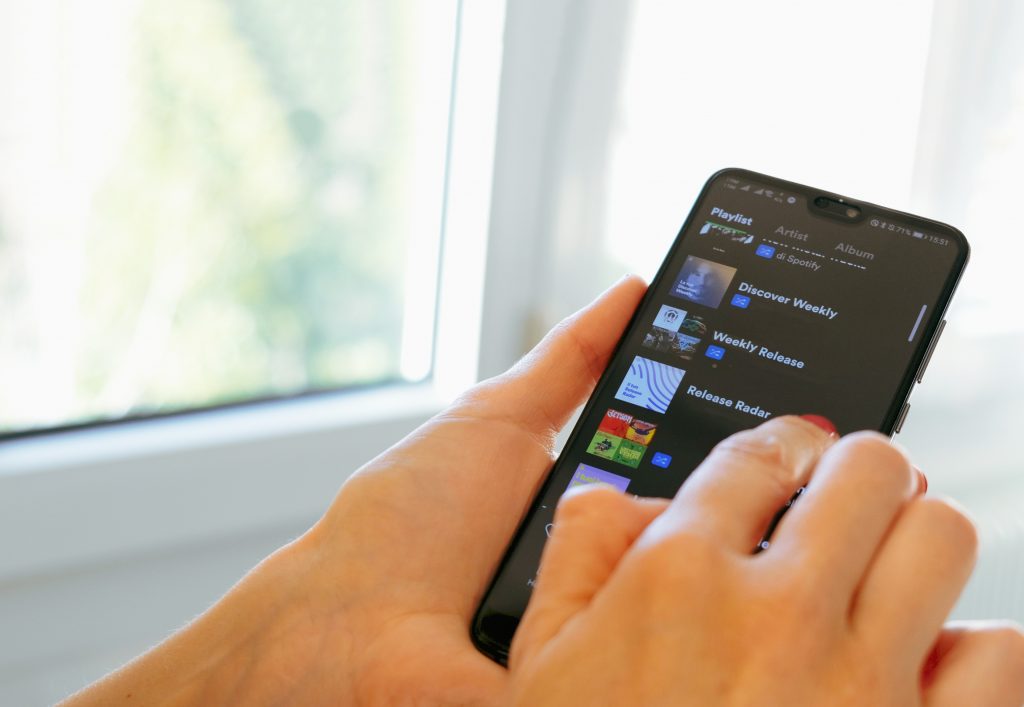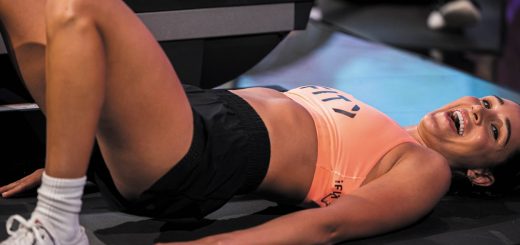I put together my ideal sports playlist in 3 steps
Participating in exercise accompanied by music is the number one tip for maintaining motivation
and improving performance. With a playlist adapted to my activity, I improve my coordination and
endurance because my perception of effort is reduced. To compose my playlist, I sort my favourite
songs by speed, I choose the emotion I want to feel and I script my session. In short, I make the ideal
soundtrack for my training session of the day!
BPM: when music makes my heart beat

If sport makes my heart beat faster, so does music. To create my playlist like a pro, I use the number
of beats per minute (BPM), an unmistakable indicator to make my body and head beat in unison.
My benchmarks :
● Resting heart rate: 60 to 80 BPM.
● Meditation: 70 BPM.
● Warm-up, gradually increase to 80, 100 or 120 BPM.
● Yoga, Pilates and other low-impact sessions, stretching: 80 to 110 BPM, with soft, soothing
music that encourages concentration.
● Moderate cardio sports, such as cycling, rowing, swimming or brisk walking: 100 to 130 BPM,
with a gradual start and a little boost to motivate me to give it my all towards the end!
● Running: from 120 to start and up to 150 or 180 BPM, with music with a regular rhythm that
corresponds to my stride.
● Strength, weight training and movement repetition: 120 to 140 BPM with a variety of music
and songs that can be shorter but still dynamic.
● HIIT: from 150 BPM to 175 BPM with ready-made playlists that have calibrated recovery
times to ensure that I respect the chosen effort/rest intervals.
● Return to calm at the end of the session by reducing to 120, 100, then 80 BPM in a few
minutes.
To adapt my playlist to my musical tastes, the possibilities are vast, in all genres:
● Old-school hip-hop: 80 to 100 BPM
● Pop and classic rock: 90 to 120 BPM
● Punk rock and metal: 170 to 180
● Soul and jazz: 70 to 120 BPM
● Electro music: 125 to 135 BPM, up to 140 BPM for house and 150 BPM for techno
● Classical music: from an adagio (about 70 BPM) to an allegro (120 to 160 BPM) or even a
presto – all nuances exist!
To easily find the BPM of my favourite songs, I can go to a specialised site.
Music, a vector of emotions

Music does much more than make me move in rhythm! I use its ability to provoke emotions to get
me in the right mood for my session. For example, when I want to be combative, to concentrate on a
movement, to feel full of energy, to gain self-confidence, to dream, to forget everything, to sing at
the top of my voice and more.
Here are some playlists found on Spotify, a music streaming platform, with examples of lyrics that
make you want to push yourself:
● Body Positivity: Sia, Unstoppable – I’m so confident, yeah, I’m unstoppable today!
● Self-confidence (rap/ hip-hop): Eminem/Nate Dogg, Till I collapse – Feels like no one can beat
me!
● Motivation for sport: David Guetta/Afrojack, Hero – There’s a hero in you, you, you!
My playlist, the soundtrack to my training

By scripting my workout and breaking it down into steps, I create the ideal soundtrack for the session
I want to experience:
● I start with an inspirational song to get me in the right mood
● I’m ramping up the heat during the warm-up
● I find my rhythm and keep increasing the intensity
● I motivate myself to persevere and nothing will stop me
● I enter the home stretch with an inspiring song
● I cool down gently and finish with something calm to stretch
One last tip: I always plan a playlist longer than my session so I don’t get cut off!
For more information around your fitness, equipment and personalised training – Visit our other articles







